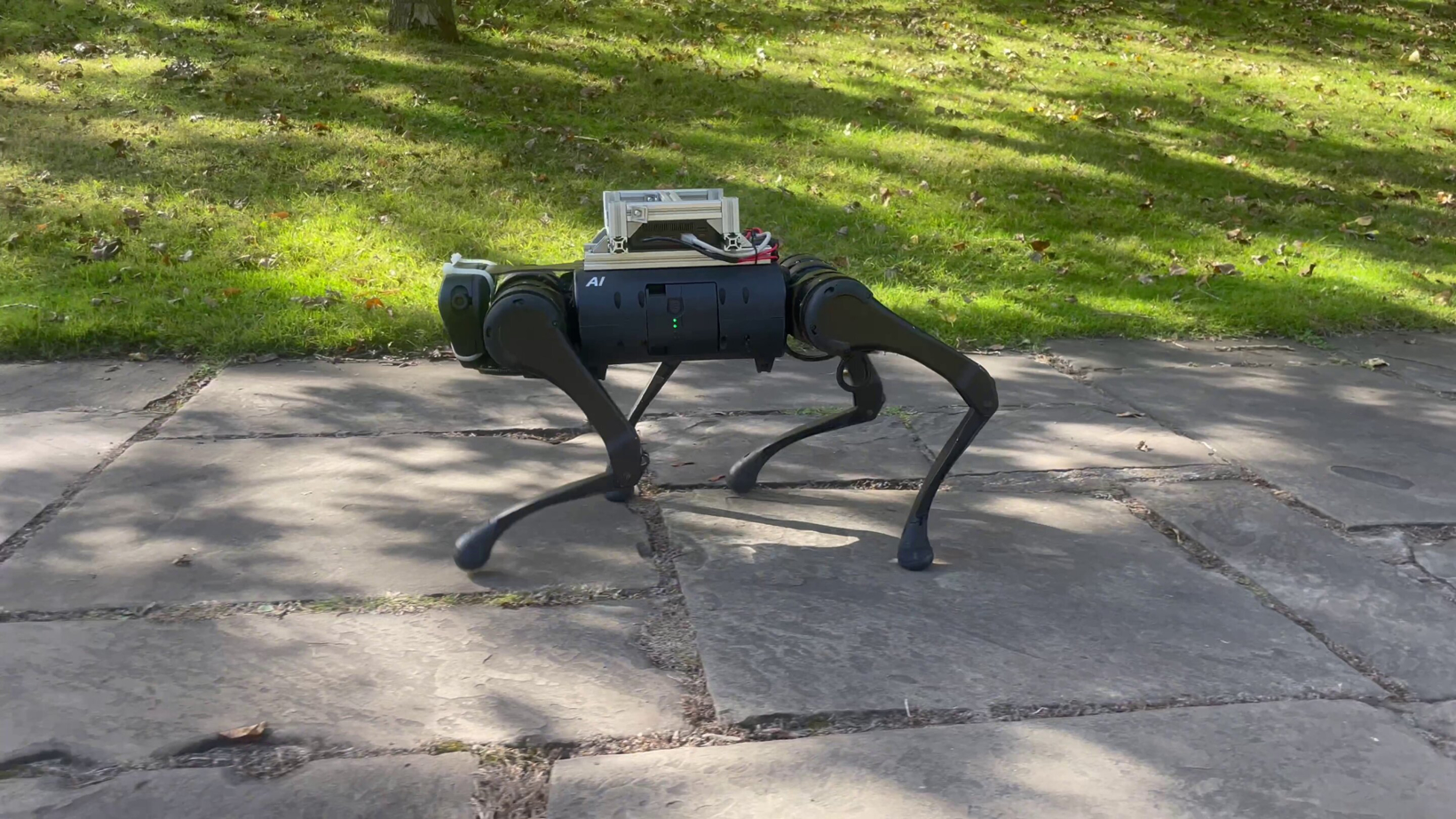According to foreign media reports, researchers from the University of Leeds and University College London (UCL) have developed a new artificial intelligence (AI) system that enables quadruped robots to adjust their gait based on unfamiliar terrain like real animals. This is considered a world first, and the research findings have been published in the journal 'Nature Machine Intelligence'. This groundbreaking technology allows robots to autonomously change their mode of movement without being told when and how to alter their gait, as is required with current generation robots. This advancement is seen as a significant step toward using legged robots in hazardous environments that may pose risks to human safety, such as nuclear decommissioning or search and rescue operations, where the inability to adapt to unknown situations could result in loss of life. The research, conducted by the University of Leeds and UCL, draws inspiration from the animal kingdom, teaching robots how to navigate terrain they have never encountered before. These animals include quadrupeds like dogs, cats, and horses, which are adept at adapting to different terrains. Such animals change their modes of movement to conserve energy, maintain balance, or quickly respond to threats. Researchers created a framework that allows robots to switch between actions like trotting, running, and jumping, just like mammals in nature. By embedding the same strategies used by animals to navigate unpredictable environments into the AI system, the robot is able to learn to dynamically switch gaits based on terrain. Thanks to the powerful data processing capabilities of AI, a robot nicknamed 'Clarence' learned the necessary strategies in just 9 hours, much faster than most young animals, which take days or weeks to confidently traverse different surfaces. In the paper published in 'Nature Machine Intelligence', Joseph Humphreys, a graduate student from the University of Leeds' School of Mechanical Engineering and the first author, explained how the framework enables robots to change their gait according to the environment, overcoming various terrains including uneven wood, loose sawdust, and overgrown areas without needing any modifications to the system itself. He stated, 'Our research findings could have a significant impact on the future of locomotion control for legged robots, as they can reduce many of the limitations previously seen in adaptability.'
University of Leeds and UCL Develop AI System for Quadruped Robots

Share this post on: